A double ceremony blending tradition, heritage and forward-looking leadership brought together hundreds in Doukoula-Karhay on Saturday, May 3, 2025. The occasion celebrated 17 years of reign for His Majesty Ayang Luc and marked the official installation of six new Lawanes, traditional leaders tasked with local governance.
Seventeen Years of Leadership
The day began with tributes to His Majesty Ayang Luc, a first-class traditional ruler and also president of Cameroon’s Economic and Social Council. For nearly two decades, he has led the Doukoula-Karhay chiefdom.
“This is not just a celebration of one man’s reign,” said Nicolas Mani Mbarga Olivier, the First Deputy Divisional Officer of Mayo-Danay, who represented the regional administration. “It is a recognition of stability, leadership, and the strength of our traditional institutions.”
A Festive but Solemn Gathering
The event unfolded on a large esplanade set up specially for the day. Meanwhile, local people and visiting dignitaries gathered in a spirited yet respectful atmosphere. Traditional dances, chants, and public ovations filled the air, demonstrating the strong bond between the population and their cultural roots.
“It’s a moment of pride for us,” said one local elder. “We honour our past while welcoming new energy into our leadership.”
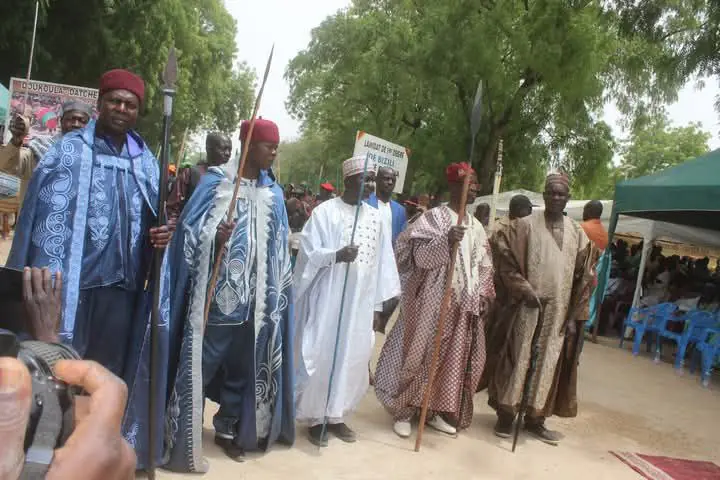
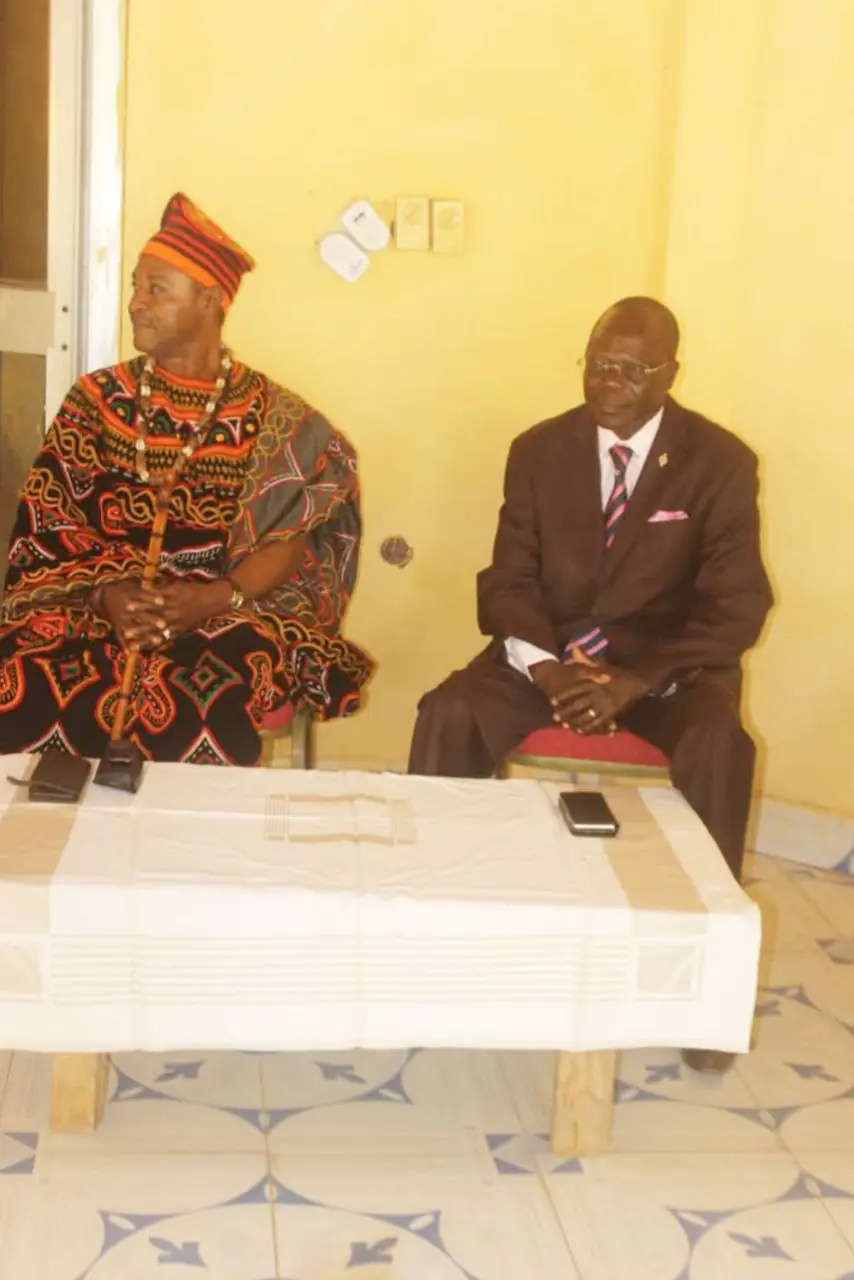
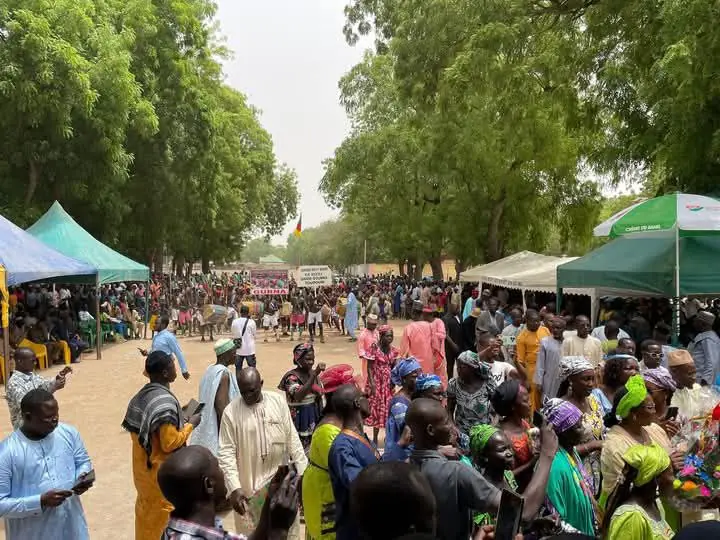
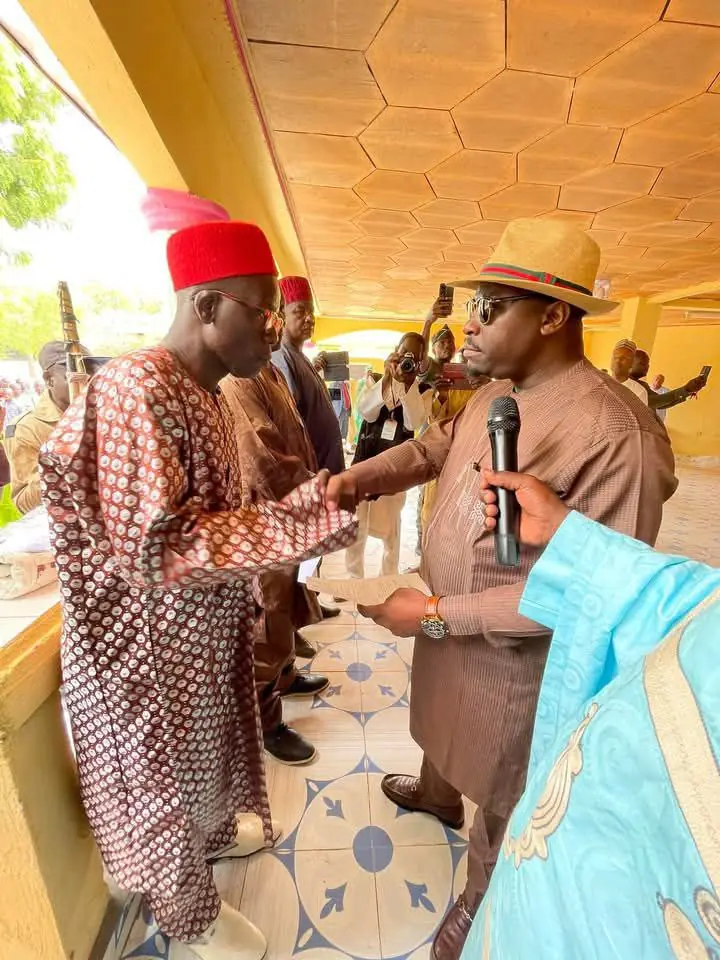
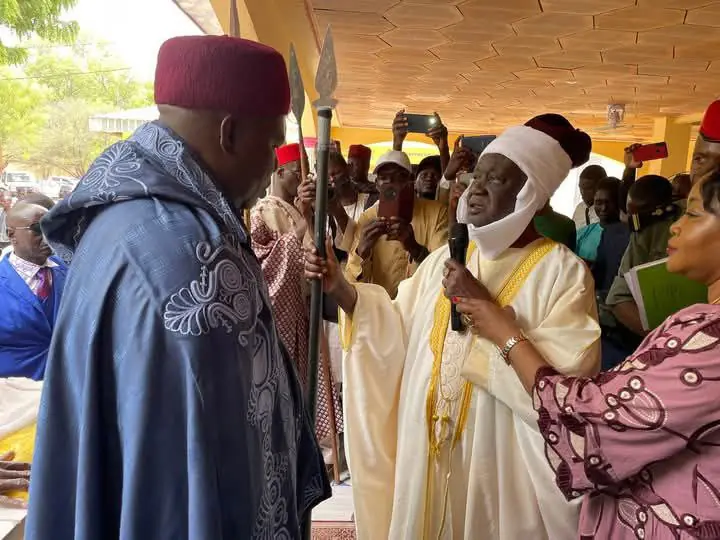
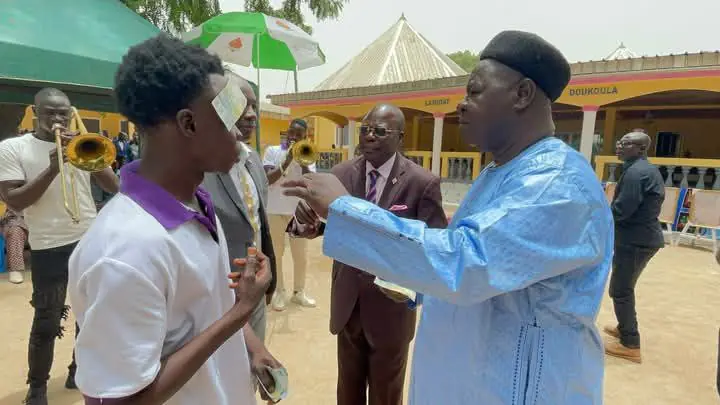
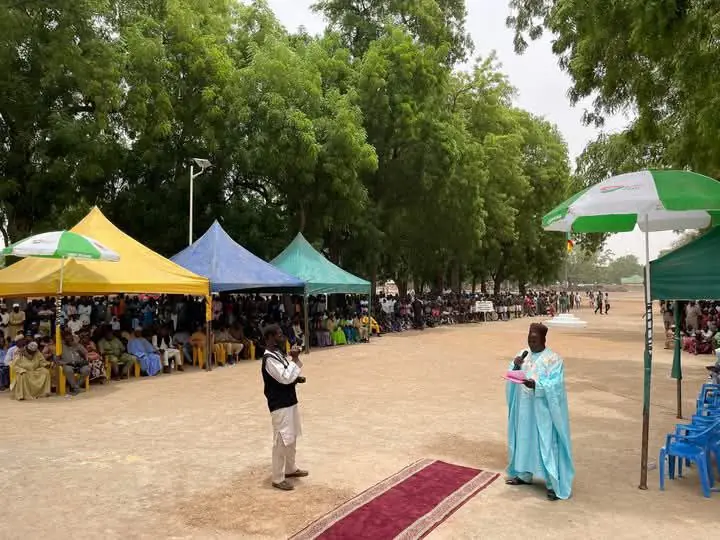
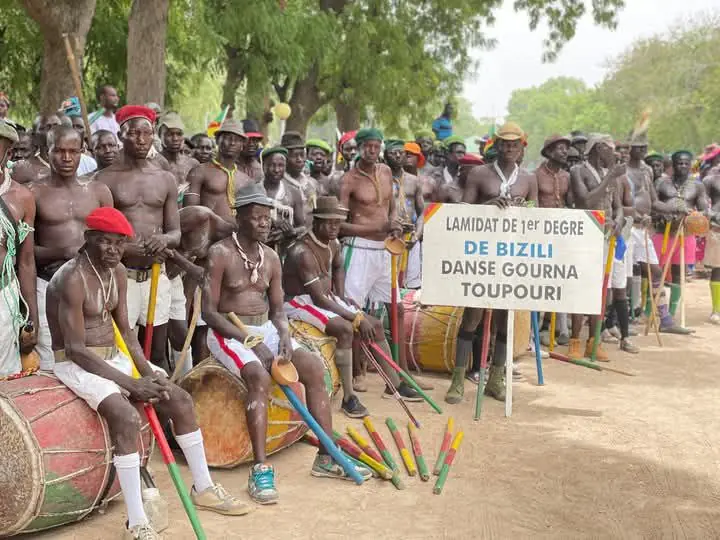
New Lawanes Take Office
In a key moment of the ceremony, six Lawanes were formally installed. They were three from Datcheka and three from Doukoula. These community leaders then assume critical responsibilities within the traditional administrative structure.
“They must be men of example,” emphasised His Majesty Ayang Luc in his address. “They must defend the values of peace, justice, and solidarity.”
The new Lawanes were reminded of their role in fostering development and maintaining harmony in their communities. The ritual followed traditional customs, reinforcing continuity even as new faces stepped into power.
A Chiefdom Balancing Heritage and Change
Doukoula-Karhay continues to evolve while maintaining its cultural identity. Saturday’s ceremony further highlighted the delicate balance between preserving ancestral traditions and responding to modern governance needs.
“History is still being written here,” said an attendee. “And it is being written with both respect for the past and a clear vision for the future.”



